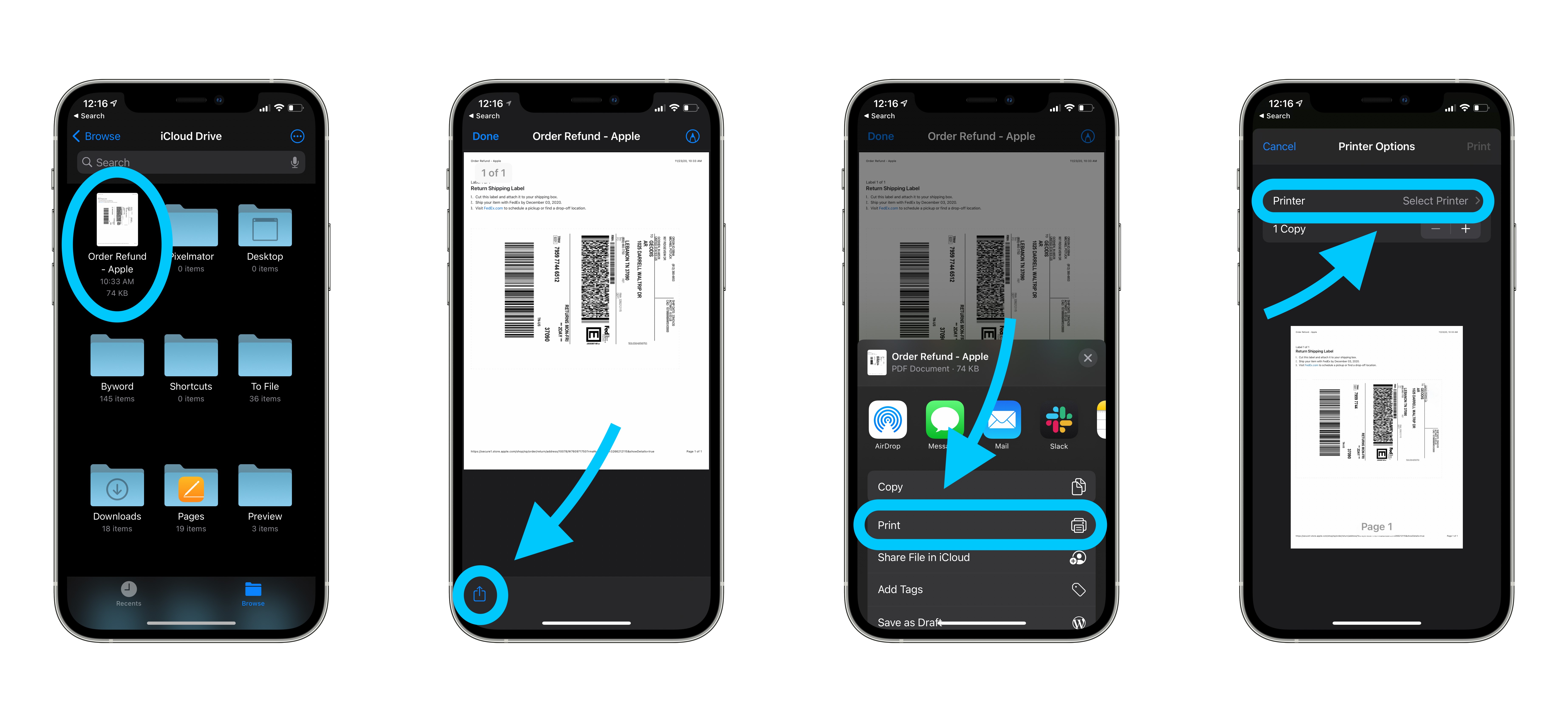
Canon and Epson were early leaders in addressing this, and the latest generation of pro-grade desktop printers can produce prints that will outlive us all. Color fading and shifting, sometimes dramatic and rapid, were common problems. When digital imaging was emerging, the early home inkjet printers could make beautiful prints, but they didn’t last very long. The art of photographic printing has never been more accessible or invited so much experimentation. We have digital methods for translating our images to traditional processes like platinum or cyanotype, and we have options for printing on alternative substrates like wood or metal. The best photo printers for home studios produce large-format prints in a matter of minutes with color and tonal reproduction that blows away what was achievable in the chemical darkroom. Though the folks who use photography for utility may not be printing like they used to, for photographers with a capital “P”-those who use the medium for the creation of art and personal expression-there’s never been a more exciting time to make a print. Like Mark Twain’s famous quip, “The reports of my death are greatly exaggerated,” printing technology has experienced a renaissance as a result of digital technology. Before websites, smartphones and apps, shoeboxes with stacks of 4×6-inch photos of the family vacation were a household staple-I still have a few in the garage myself.įor the casual photographer who uses the medium as personal documentary rather than fine art, digital photography changed the way most images are shared, and the end of printing has been repeatedly foretold.


Not so long ago, the photographic print was how everyone experienced photography. The Canon imagePROGRAF PRO-300 can produce cut-sheet panorama prints up to 13×39-inches.


 0 kommentar(er)
0 kommentar(er)
